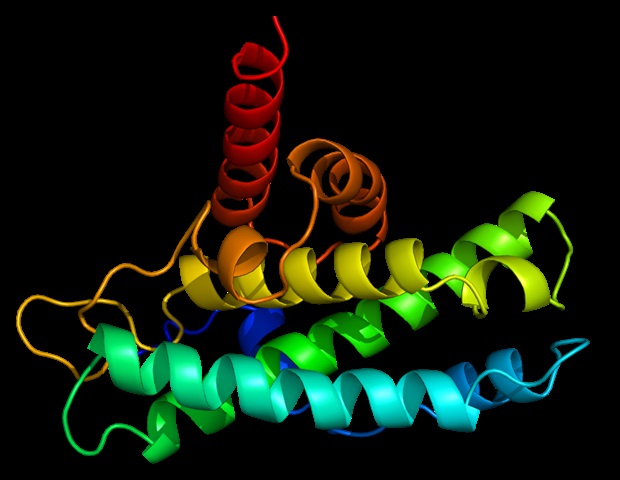
Racial minorities in the United States are less likely to receive treatment for prostate cancer and, overall, have worse survival outcomes compared to individuals who are white. Typically, patient-level and physician-level factors have been used to explain the racial and socioeconomic differences in prostate cancer disparities. However, a new study led by investigators from Brigham and Women’s Hospital, a founding member of the Mass General Brigham healthcare system, investigated the role of facilities themselves in relation to these disparities. Their results are published in Urologic Oncology.
This study reveals crucial data regarding health disparities. The importance of this research is to acknowledge the existence of differences across hospital systems and highlight the need for dedicating resources and support to affected health systems and improve care for all patients.”
Quoc-Dien Trinh, MD, MBA, Senior Author, Division of Urological Surgery, Brigham and Women’s Hospital
Marginalized individuals often receive care in minority-serving hospitals and safety-net hospitals, where patients have been shown to have worse outcomes. In this study, these hospitals were grouped under the umbrella, hospital systems serving health disparity populations (HSDPs). HSDPs were further defined by the investigators as “facilities in the highest decile of proportion of non-Hispanic Black or Hispanic cancer patients−and/or high-burden safety-net hospitals−facilities in the highest quartile of proportion of underinsured patients.” Using these descriptions, the researchers analyzed data related to racial health outcomes in those specific locations.
The team conducted the study by using the National Cancer Database to retrospectively analyze patients from HSDPs and identify men with immediate-risk or high-risk of prostate cancer. They then calculated the time it took for these patients to receive treatment within 90 days, if people received treatment at all, and, subsequently, their overall rates of survival.
They found that for 822,000 men from 968 non-HSDPs and 373 HSDPs, treatment at HSDPs was associated with lower odds of receiving care within 90 days of diagnosis, lower odds of definitive treatment, and lower overall survival. However, among those who received definitive treatment, there did not appear to be a difference in overall survival. Lastly, non-Hispanic black men at HSDPs had worse outcomes than non-Hispanic white men treated at HSDPs and non-Hispanic black men at non-HSDPs. The racial disparities in the outcomes were mostly driven by facilities that were both high-burden safety-net hospitals and minority-serving hospitals. As a result, this data shows a compounding disadvantage for non-Hispanic Black men with prostate cancer since they are more likely to be treated at hospitals with worse outcomes (high-burden safety-net hospitals and minority-serving hospitals) and have worse outcomes than patients of other racial and ethnic groups at those same institutions.
One limitation in the study was that the cancer database that was used only included a specific group of accredited hospitals and also did not encompass all cancer diagnoses in the United States. Nevertheless the study does show that the site of care is greatly associated with health outcomes for minority populations. Future quantitative and qualitative studies will be needed to pinpoint exactly what hospital factors are causing such disparities and whether targeted initiatives at HSDPs may reduce racial disparities.
“The receipt of treatment can vary widely across institutions. We view access to treatment as a big driver of the disparities that we see,” said Trinh. “We need stakeholders to work together to tackle cancer disparities at a broad level rather than in separated hospital siloes. Just as importantly, we hope that patients who are part of racial minority groups are aware of their options to make the best health decisions for themselves. That’s why we have also created the Prostate Cancer Outreach Clinic at the Brigham, to specifically address the health needs of minority men.”
Source:
Brigham and Women’s Hospital
Journal reference:
Nguyen, D.-D., et al. (2023). Access to definitive treatment and survival for intermediate-risk and high-risk prostate cancer at hospital systems serving health disparity populations. Urologic Oncology: Seminars and Original Investigations. .doi.org/10.1016/j.urolonc.2023.01.011.














